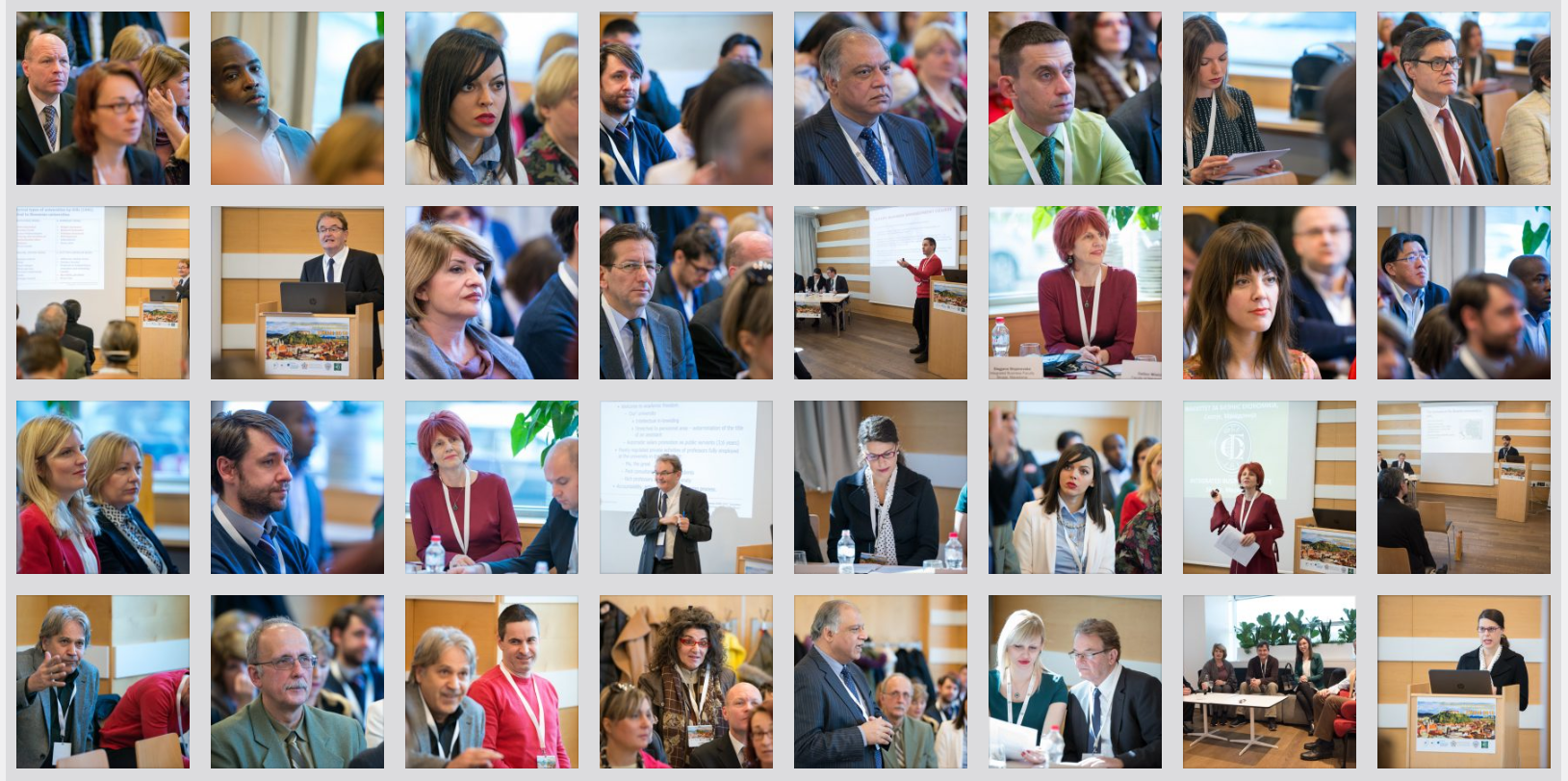Marko Tomljanović – University of Rijeka, Faculty of Economics and Business, Ivana Filipovića 4, 5100 Rijeka, Republic of Croatia
Igor Cvečić – University of Rijeka, Faculty of Economics and Business, Ivana Filipovića 4, 5100 Rijeka, Republic of Croatia
Ana Malnar – University of Rijeka, Faculty of Economics and Business, Ivana Filipovića 4, 5100 Rijeka, Republic of Croatia
Keywords:
CEFTA 2006;
International Trade;
Liberalization;
Competitiveness
Abstract: The research aims to analyse the international trade relations of CEFTA-2006 countries. The research is based on secondary data obtained from the World Bank database and covers the period 2010-2022. The analysis includes key indicators of international trade, such as: (1) indicators showing the importance of foreign trade for the national economy; and (2) indicators of international trade that focus on competitiveness and the benefits of participation in international trade. The research identified a significant import dependence of the assessed group of countries, where the EU was identified also as a major trading partner. The results show that significant gains have been achieved, although international competitiveness has stagnated, which is particularly evident in the export of high-tech products. As the process of European integration intensifies, the CEFTA-2006 countries need to find more efficient ways to increase competitiveness and invigorate the convergence process, especially through reforms that could boost economic progress and further integration.

Download full paper

8th International Scientific Conference – EMAN 2024 – Economics and Management: How to Cope With Disrupted Times, Rome, Italy, March 21, 2024, CONFERENCE PROCEEDINGS, published by: Association of Economists and Managers of the Balkans, Belgrade, Serbia; ISBN 978-86-80194-83-7, ISSN 2683-4510, DOI: https://doi.org/10.31410/EMAN.2024
Creative Commons Non Commercial CC BY-NC: This article is distributed under the terms of the Creative Commons Attribution-Non-Commercial 4.0 License (https://creativecommons.org/licenses/by-nc/4.0/) which permits non-commercial use, reproduction and distribution of the work without further permission.
REFERENCES
Andrijanić, I. (2005). Poslovanje u vanjskoj trgovini. Zagreb. Croatia: Mikrorad.
Avelini Holjevac, I., & Vrtodušić Hrgović, A. M. (2012). Long-term Analysis of Labour Productivity in the Croatian Hotel Industry. Acta Turistica. Vol. 24. No. 1. pp 39-60.
Bilas, V. (2005). Optimal Currency Area Theory: Euro and European Monetary Union. Zagreb. Croatia: Zbornik Ekonomskog fakulteta u Zagrebu. Vol. 3 No. 1. pp. 39-53.
Blatmann, C. (2007). Winners and losers in the commodity lottery: The impact of terms of trade growth and volatility in the Periphery 1870-1939. Journal of Development Economics. Vol. 82. No. 1. pp. 156-179. Elsevier B.V. doi: 10.1016/j.jdeveco.2005.09.003
CEFTA. (2024). CEFTA Agreement. Retrieved January 15. 2024. from https://cefta.int/about/documents/legal-documents/
Council of the EU. (2022). EU relations with the Republic of Moldova. Retrieved January 15. 2024. from https://www.consilium.europa.eu/en/policies/eastern-partnership/moldova/
Djogo, M., & Stanišić, N. (2016). Is the Global Competitiveness Report the right measure of macroeconomic competitiveness. Proceedings of Rijeka Faculty of Economics. Journal of Economics and Business. Vol. 34. No. 1. pp. 91-117. doi: 10.18045/zbefri.2016.1.91
Drastichová, M. (2012). The relations of real and nominal convergence in the EU with impacts on the euro area participation. Ekonomická revue – Central European Review of Economic Issues. Vol. 15. pp. 105-122. Ostrava. Czechia: VŠB-TU Ostrava. doi: 10.7327/cerei.2012.06.03.
Efremov, K., Velevski, Lj., & Dimitrova, M. (2020). History of CEFTA 2006 – New challenges and dilemmas. In Staníčková. M.. Melecký. L.. Doleželová. P. & Powadová. T. (Eds.). Proceedings of the Fifteenth Annual International Conference on European Integration – ICEI Proceedings; pp. 204-213). Skopje: University American College Skopje. doi: 10.5281/zenodo.4393665.
European Commission. (2022). Conditions for membership. Retrieved January 15. 2024. from https://ec.europa.eu/neighbourhood-enlargement/enlargement-policy/conditions-membership_en
Grgić, M., & Bilas, V. (2012). Teorija regionalnih ekonomskih integracija. Zagreb. Croatia: Sinergija nakladništvo. d.o.o.
Kandžija, V., & Cvečić, I. (2008). Makrosustav Europske unije. Rijeka. Croatia: University of Rijeka. Faculty of Economics and Business.
Kandžija, V., & Cvečić, I. (2010). Ekonomika i politika Europske unije. Rijeka. Croatia: University of Rijeka. Faculty of Economics and Business.
Lovrinčević, Ž., & Mikulić, D. (2000). Growth. international trade and openness of economy. Ekonomski pregled. Vol. 51. No. (9-10). pp. 1075-1101.
Mathews, A. (2003). Regional Integration and Food security in Developing Countries. Training Materials for Agricultural Planning – Food and Agriculture Organization of the United Nations (FAO). Rome. Italy. http://www.fao.org/docrep/004/y4793e/y4793e00.html
Stanovnik, P., & Kovačić, A. (2000). Measuring Competitiveness of National Economies with Emphasis on Slovenia. Working Paper No. 6. Ljubljana, Slovenia: Institute for Economic Research. Retrieved March 2, 2024. from http://pdc.ceu.hu/archive/00001492/01/Working_paper-06.pdf
Steunenberg, B., & Dimitrova, A. (2007). Compliance in the EU enlargement process: The limits of conditionality. European Integration online Papers (EIoP), Vol. 11, N°5. Retrieved March 2, 2024. from http://eiop.or.at/eiop/texte/2007-005a.html
Šegota. A., Tomljanović. M., & Huđek, I. (2017). Contemporary approaches to measuring competitiveness – the case of EU member states. Proceedings of Rijeka Faculty of Economics: Journal of Economics and Business. Vol. 35. No. 1. pp. 123-150. doi: 10.18045/zbefri.2017.1.123
TFEU. (2012). Article 49. Official Journal of the European Union (C 326/47-390) Retrieved January 15, 2024. from https://eur-lex.europa.eu/legal-content/EN/TXT/PDF/?uri=CELEX:12012E/TXT&from=EN
Tomljanović, M. (2017). Investment in Research and Development – A Factor of Adjustment of the Western Balkan countries to the EU Economy [Doctoral dissertation. University of Rijeka. Faculty of Economics and Business]. Repository of the University of Rijeka. Faculty of Economics and Business. https://urn.nsk.hr/urn:nbn:hr:192:186467
Vujčić, B. (2003). EURO – Europska monetarna unija i Hrvatska. Zagreb. Croatia: Masmedia.
World Bank. (2021a). Exports of goods and services (% of GDP). Retrieved February 1. 2024. from https://data.worldbank.org/indicator/NE.EXP.GNFS.ZS
World Bank. (2021b). Imports of goods and services (% of GDP). Retrieved February 1. 2024. from https://data.worldbank.org/indicator/NE.IMP.GNFS.ZS
World Bank.(2021c). Imports of goods and services (current US$). Retrieved February 1. 2024. from https://data.worldbank.org/indicator/NE.IMP.GNFS.CD
World Bank. (2021d). Exports of goods and services (current US$). Retrieved February 1. 2024. from https://data.worldbank.org/indicator/NE.EXP.GNFS.CD
World Bank. (2021e). Trade (% of GDP). Retrieved February 1. 2024. from https://data.worldbank.org/indicator/NE.TRD.GNFS.ZS
World Bank. (2021f). Net barter terms of trade index (2000 = 100). Retrieved February 1. 2024. from https://data.worldbank.org/indicator/TT.PRI.MRCH.XD.WD
World Bank. (2021g). High-technology exports (% of manufactured exports). Retrieved February 1. 2024. from https://data.worldbank.org/indicator/TX.VAL.TECH.MF.ZS
World Bank. (2021h). GDP growth (annual %). Retrieved February 1. 2024. from https://data.worldbank.org/indicator/NY.GDP.MKTP.KD.ZG
World Bank. (2021i). Employment to population ratio. 15+. total (%) (modeled ILO estimate). Retrieved February 1. 2024. from https://data.worldbank.org/indicator/SL.EMP.TOTL.SP.ZS

